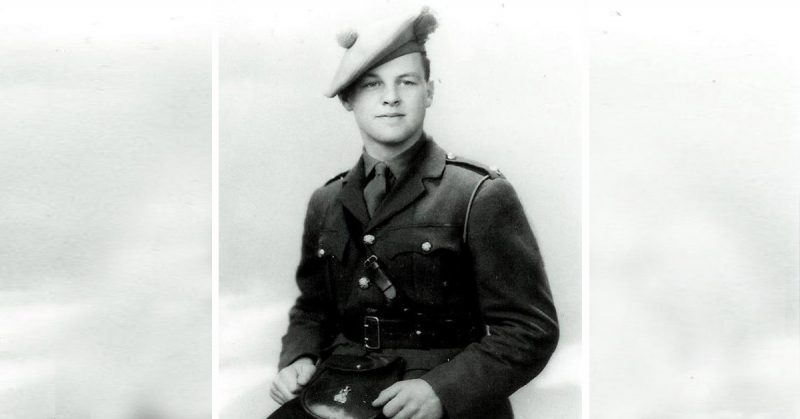Dr. Bill “Tiger” Watson, MC, MBE passed away on December 29, 2018. He was one of the last surviving members of the Commando raiding party that took on the seemingly impossible raid on the coastal French city of Saint-Nazaire.
The raid, known by those in British military circles as “the greatest raid of all” established the fledgling British Commandos as a key part of the British Armed Forces.
Back in 1942, the British were being run ragged by German U-boats in the North Atlantic. Supply lines from the USA were being disrupted and to make matters worse, the German warship Tirpitz was tapped to join the battle, which the Allies were steadily losing.
At the time the Tirpitz was the biggest warship ever built. With a crew of 2,000 sailors, armor a foot thick, and a top speed of 30 knots, it was a serious threat.

The only dry dock on the Atlantic Coast that could handle repairs and maintenance for such a ship was at Saint-Nazaire in France, 3.7 miles inland at the end of a protective estuary that the Germans had fitted out with numerous gun emplacements. The Germans even had the estuary dredged to cope with the size of the Tirpitz.
A plan was devised whereby the British Commandos, with naval support, would take a ship loaded with explosives and ram the dry dock, then detonate and destroy the 1,500-tonne gate. Meanwhile, men from 2 Commando would attempt to destroy the pumping station, winding houses, and the fourteen U-boat bays 400 yards from the dock.
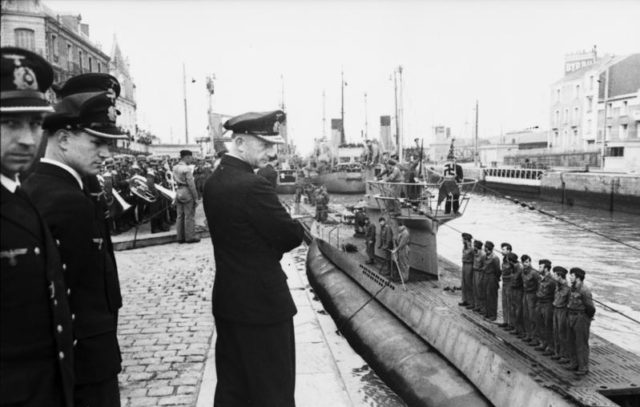
The Commandos’ ship was to be disguised as a German destroyer and would fly a Nazi flag, but even so it would have to sail past eighty gun emplacements, across sandbanks that reduced the estuary depth in some places to just ten feet, and into a port where five thousand German troops were garrisoned.
Lord Louis Mountbatten had the job of selling the plan to the Ministry of War. The Ministry’s opinion was that it was impossible. In a 1974 interview, Mountbatten said his reply to that was simply, “It’s the fact that is regarded as impossible, that makes it possible. The Germans would never think we’d attempt it.”
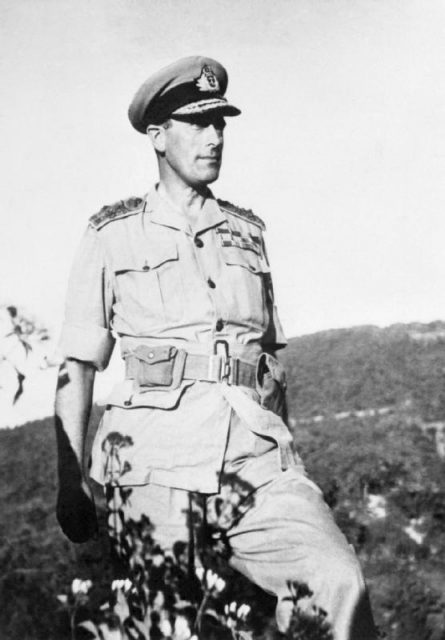
The plan, dubbed “Operation Chariot” went ahead on March 28, 1942, albeit with a few modifications. The Royal Navy could only supply one ship, the Campbeltown, a US Navy destroyer from World War I that the British had acquired as part of the Destroyers for Bases Agreement. There were no ships available for the return trip, so the mission’s planners made do with a dozen wooden-hulled motor launches.
Despite the odds, Bill Watson recalled, “I thought we would get away with it. That I would be wounded romantically, and a beautiful nurse would look after me in hospital. I was very young.” In fact, at the time he was just twenty years old, one of the youngest members of the raiding party.
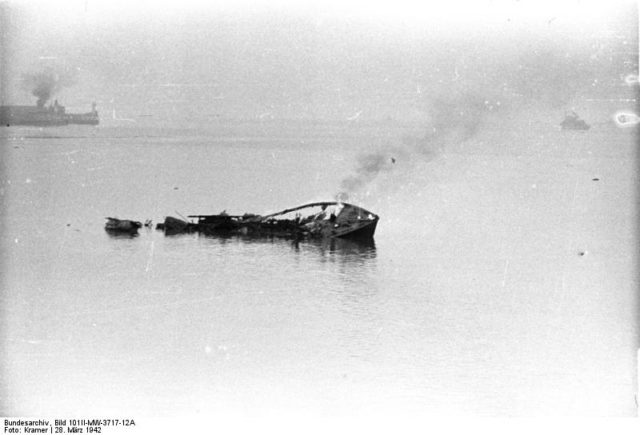
Bill “Tiger” Watson had volunteered for the Commandos, a new regiment composed of the brightest and best from across the British Armed Services. He had been training as a doctor, but the war had interrupted his studies.
On the night of the raid, the Campbeltown successfully rammed the dock gate and the Commandos scrambled ashore while under constant deadly enemy fire. They managed to destroy the pumping house and both winding stations and by 2:30 AM were ready to make their escape. Unfortunately, almost all their motor launches had been destroyed.
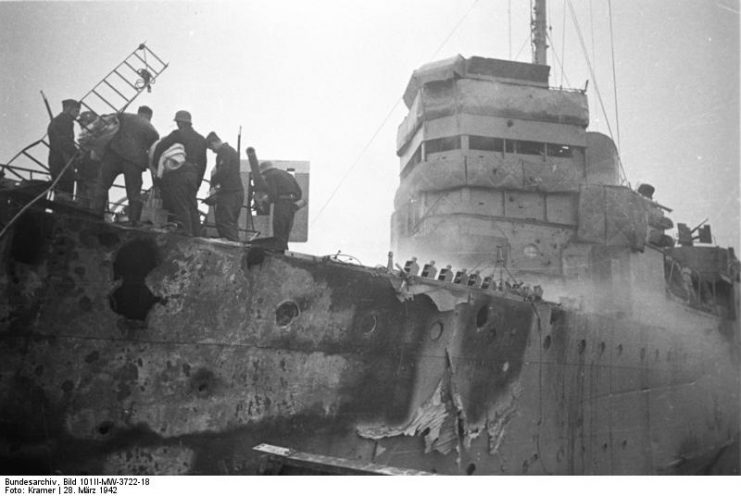
Two hundred men out of 600 made it home to England, and 168 were killed in action. The remaining survivors had no choice but to fight their way out of the port. It was all over by noon when the Campbeltown’s payload finally detonated and put the dry dock out of action for the rest of the war.
Two hundred and fifteen men were taken prisoner, including Tiger Watson who by now had indeed been “romantically wounded,” shot in the arm by a German sniper. He spent the rest of the war in Spangenberg Prisoner of War Camp working as a medic.
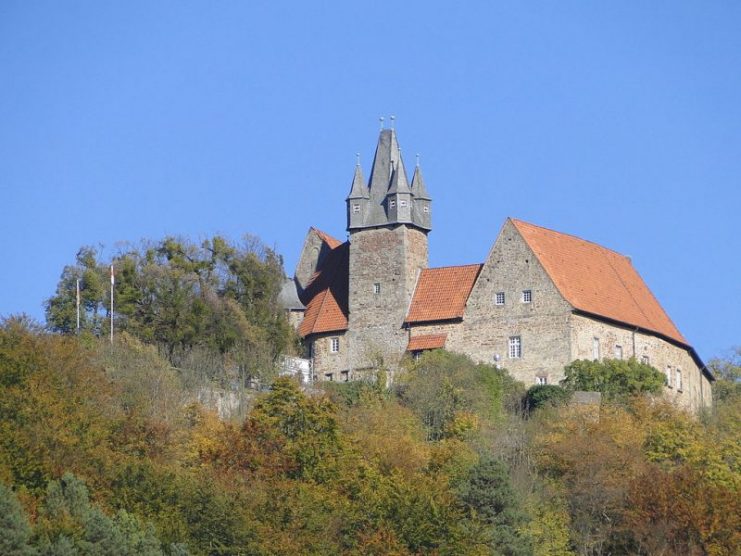
After the war, Watson completed his medical training and worked as a doctor in Africa, where he volunteered as a Locum in Biafra and also worked for Oxfam during the famine in Ethiopia.
